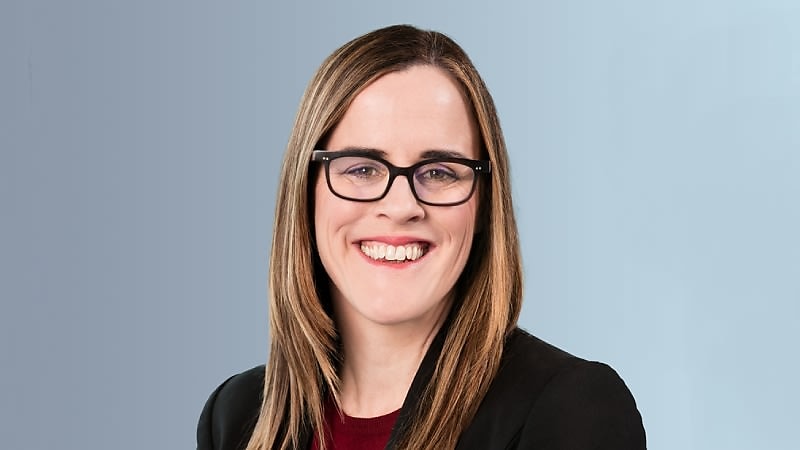SMSFs now need to complete trust income schedule
Accountants working on an SMSF will now need to complete a trust income schedule and lodge it with the fund’s 2024 return as part of the ATO’s Modernisation of Trust Administration Systems project, says a senior SMSF specialist.
Annie Dawson, senior SMSF specialist with Heffron, said the project is “essentially” about ATO data matching.
“They want to make sure beneficiaries are correctly reporting trust income in their tax return,” Dawson said.
“It's not just SMSFs that will be impacted – other types of taxpayers such as individuals, partnerships, trusts and companies will also need to complete these schedules.”
Dawson said the new process comes into play if a fund has received a trust distribution from managed funds, listed trusts, as well as unlisted trusts, ETFs, wraps and platforms.
“It's very broad. It’s anytime you receive a trust distribution; even if you've got a fund that is all in pension and the trust distributions are not disclosed as income because it's exempt current pension income,” she said.
“Even those funds will need to complete these trust income schedules, so there is plenty of extra work to do.”
She continued that there is a separate schedule to be completed for each trust, and if the fund was entitled to distributions, they must report them on the schedule.
“There's a limit on the number of schedules totalling 150 and after that number, you consolidate the reporting of the remainder,” she said.
“It’s also helpful to know that if you have a fund that invests via a wrap or a platform, and you've just got one line on the fund’s balance sheet when you're reporting trust distribution and tax statement information you just use the annual summary to do that. The ATO has confirmed that you can just do one single trust income schedule for the entire wrap account so that will be a helpful and a bit of a time saver.”
Dawson said it is also important to know that when completing the income schedule, the name of the distributing trust is the only field in the schedule that's going to get validated.
“If you've got a 100 per cent pension fund, with no assessable income (as all income is exempt current pension income), you will still need to complete a trust income schedule. Your software may flag a warning to query why there isn’t also income being reported in the tax return, but this will not prevent the fund’s tax return from validating” she said.
If a person uses super software, most of the trust income schedule will be prefilled because the software has been designed to grab the relevant fields and data based on information already provided.
She continued that if an individual is not using specialised superannuation software, there are no shortcuts.
“It's quite conceivable that a self-managed super fund will have investments in 20 different trusts and be entitled to a distribution from those 20 different trusts in the 2024 year, in which case, if they're not part of a wrap and get a consolidated tax statement, then you're filling out 20 trust income schedules to attach to the SMSF annual return.”
Dawson added that the obligation to complete a trust income schedule is not dependent on whether a trust distribution is assessable. If a person is entitled to a distribution and all of it was a tax-deferred component, for example, they will still need to complete a trust income schedule.


